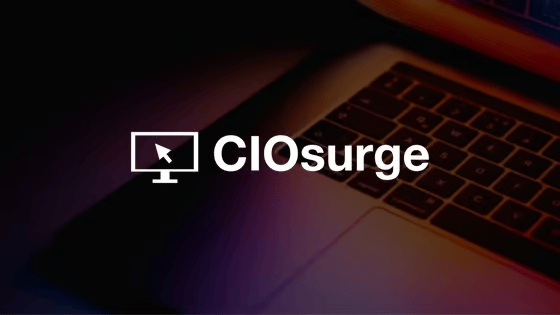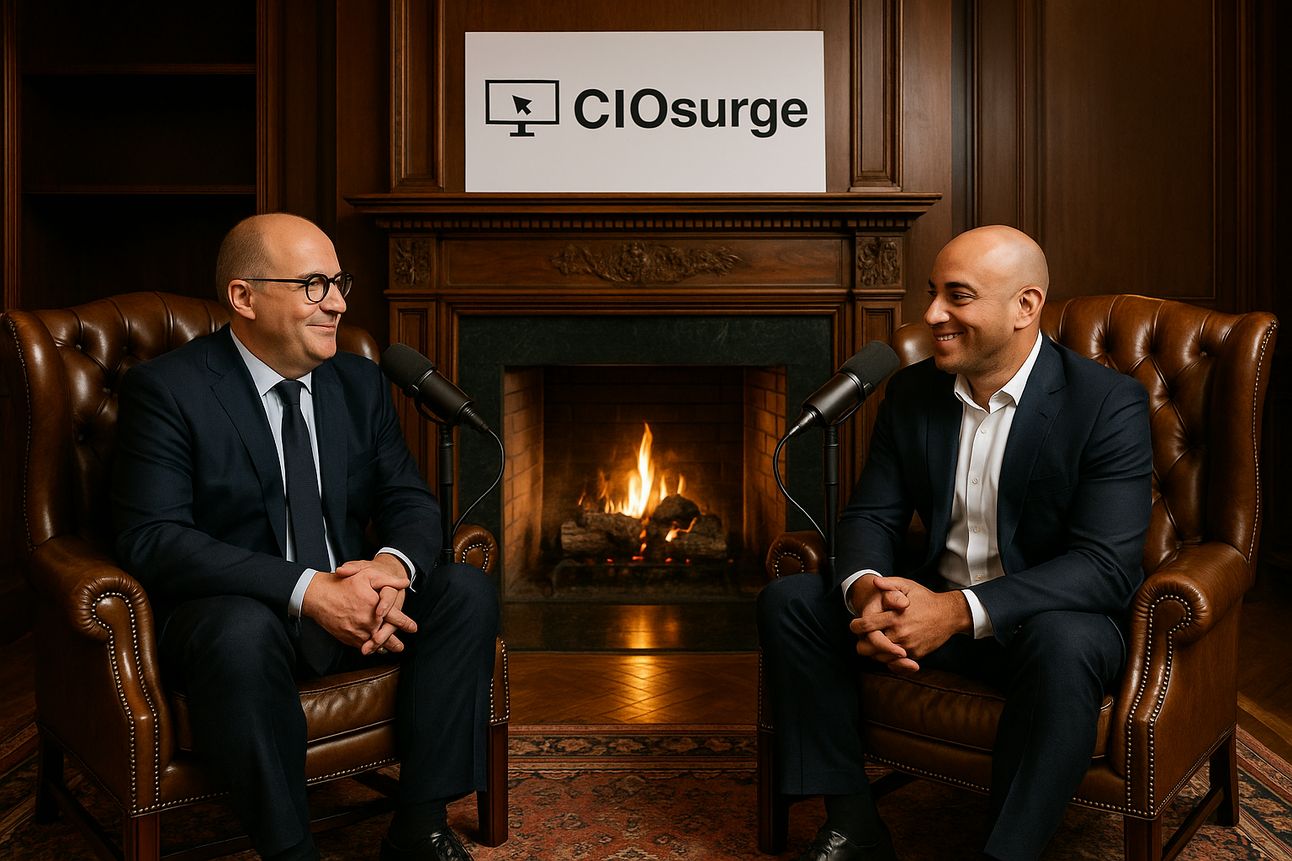- CIOsurge
- Posts
- 📈 SaaS audits spike as CIOs lose grip on software spend
📈 SaaS audits spike as CIOs lose grip on software spend
SaaS Audits Soar, Data Center Costs Spike, Crisis Leadership Insights from Reuben Broadfoot


Powered by Single Fin
Welcome to this week’s edition of CIOsurge!
This week:
SaaS vendor audits are costing enterprises millions as software usage visibility drops, prompting tighter FinOps and IT alignment.
Data center prices jump up to 18% amid a two-year capacity shortage driven by booming AI workloads.
In our continuing guest series, Reuben Broadfoot (Radost Solutions) emphasizes transparent leadership as essential for turning crises into strategic opportunities.
Let’s make this week a game-changer.
Stay sharp. Stay ahead.
📈 SaaS audits spike as CIOs lose grip on software spend
Enterprises face rising SaaS vendor audit expenses, with nearly half spending over $1 million in three years, according to Flexera. Visibility into software usage dropped to 43% amid increasingly complex tech stacks. As SaaS shifts toward AI-driven consumption pricing, software usage rights and cloud overspending have emerged as top challenges, prompting tighter collaboration between FinOps and IT asset management teams.
If your IT spend feels like a never-ending game of catch-up, you're not alone. The explosion of SaaS, combined with increasingly opaque billing structures, makes tech stack visibility tougher than ever. To stay ahead, we need a unified view across contracts, consumption, and compliance.
As CIOs, it’s time we push for deeper alignment between FinOps and IT asset management. Together, these teams can tackle SaaS complexity head-on, avoiding painful audit surprises and ensuring every tech dollar spent translates clearly to business value.
- Zack Tembi
⚡ OpenAI shifts from Nvidia to Google tensor processing units for ChatGPT & more
OpenAI has officially expanded its infrastructure strategy, reducing reliance on Nvidia and Microsoft Azure by incorporating Google’s TPUs to power ChatGPT and related models. This shift aims to cut compute costs—reportedly 55–60% of OpenAI's $9B in 2024 spend—by tapping Google’s more cost-effective AI hardware.
The move was enabled after OpenAI’s exclusive Azure agreement expired in early 2025. While Google’s TPUs offer efficiency benefits, they lack the flexibility and ecosystem maturity of Nvidia’s GPUs. Notably, Google is limiting access to its most advanced TPUs, keeping a strategic edge in the AI race.
AI infrastructure is no longer just a cloud ops problem; it's a vendor control and cost strategy challenge. As foundational models become central to enterprise workflows, compute costs have eclipsed traditional IT line items. Smart teams are rethinking not only where they run models, but what hardware stack powers them.
- Zack Tembi
💡 Guest Expert Insights: Reuben Broadfoot
🚦 Managing Crisis through Transparent Leadership
Before we dive into the next insight from my recent conversation with Reuben Broadfoot, I need to make a quick correction: Last week, when introducing Reuben, I mistakenly referred to his company as Broadfoot Consulting. The correct name is Radost Solutions—apologies, Reuben! Clearly, I was running on too little sleep when putting together last week's edition. (Check out his actual company at radostsolutions.com.)
Now, back to the insight: Reuben emphasized the power of transparent leadership during a crisis. He described leaders who step forward, openly acknowledge mistakes—even ones beyond their direct control—and clearly outline how they plan to fix things.
That openness does more than just protect your brand. It builds deep trust internally and externally. When senior leaders take responsibility and communicate their next steps clearly, it creates a culture of accountability. Teams feel safer flagging issues early, knowing their leaders value honesty and collaboration.
Reuben also reminded me that crisis leadership isn’t merely about firefighting in the short term. It’s about articulating how these challenges will ultimately make the organization stronger and more resilient. Providing that vision helps everyone look beyond today's obstacles and come together around shared, long-term goals.
🗞️ At A Glance

💡 CIO Spotlights
Old National appoints Matt Keen CIO to drive client-focused tech innovation
Old National Bancorp named Matt Keen CIO, joining the company’s executive leadership team to advance technology-driven client solutions.
Keen brings extensive technology leadership experience from roles at Bremer Bank, Ameriprise Financial, and consulting for American Express.
CEO Jim Ryan emphasized Keen’s role in leveraging innovation and analytics to support the bank’s Midwest and Southeast growth strategy.
Scott Brown tapped as CIO of ePS to lead cloud strategy for packaging software
Scott Brown joins eProductivity Software (ePS) Packaging as CIO to expand its cloud capabilities, focusing on compliance, security, and scalable software solutions tailored for packaging manufacturers.
Brown previously led cloud initiatives at Sciforma and BluJay Solutions, specializing in operational excellence and robust global infrastructure.
CEO Doug Braun highlights Brown’s expertise as pivotal in accelerating ePS’s industry-specific cloud transformation.






Reply